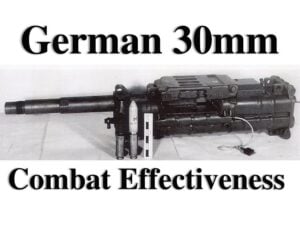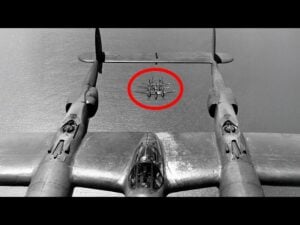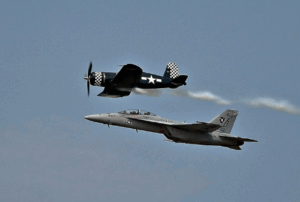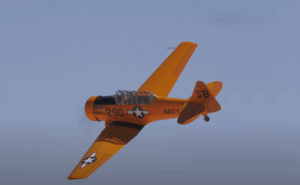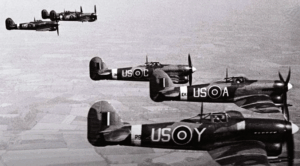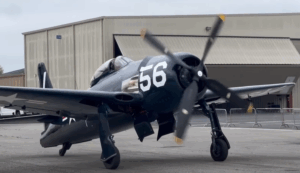Just How Bad Was The Cold For Bomber Crews

YouTube / WWII US Bombers
How Bad Was It?
In this Masters of the Air clip, we see crew members both coping with the cold environment and injuring themselves by cold exposure. One crew member touches the bare metal, causing his hand to freeze on the surface and ripping off the skin.
In reality, heavy bombers usually fly at 20,000 to 30,000 ft., high altitude was needed to reduce the threat of ground artillery flak.
B-17 bombers were unpressurized and virtually unheated, exposing the crew to extreme environments. Cabin temperatures were routinely around -50 to -60 degrees Fahrenheit. Oxygen systems layered insulated clothing and heated garments to keep them warm.
When the Master’s of the Air ball turret was hit by flak, the flak fragments may have damaged the turret’s rheostat. The ball turret’s heated suit rheostat is mounted on the front of the turret’s armored seat. This would have kept the ball turret gunner’s heated garment from getting any current, leading to frostbite.
Thus, the series accurately represented the crew’s response to a high-altitude cold environment by correct period gear usage and expected cold injuries except for google usage.

















